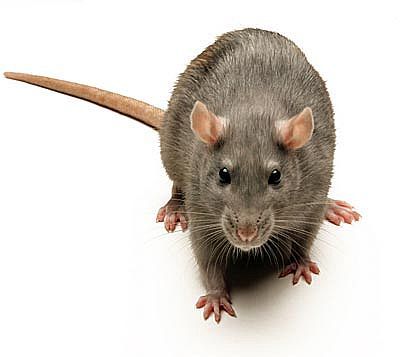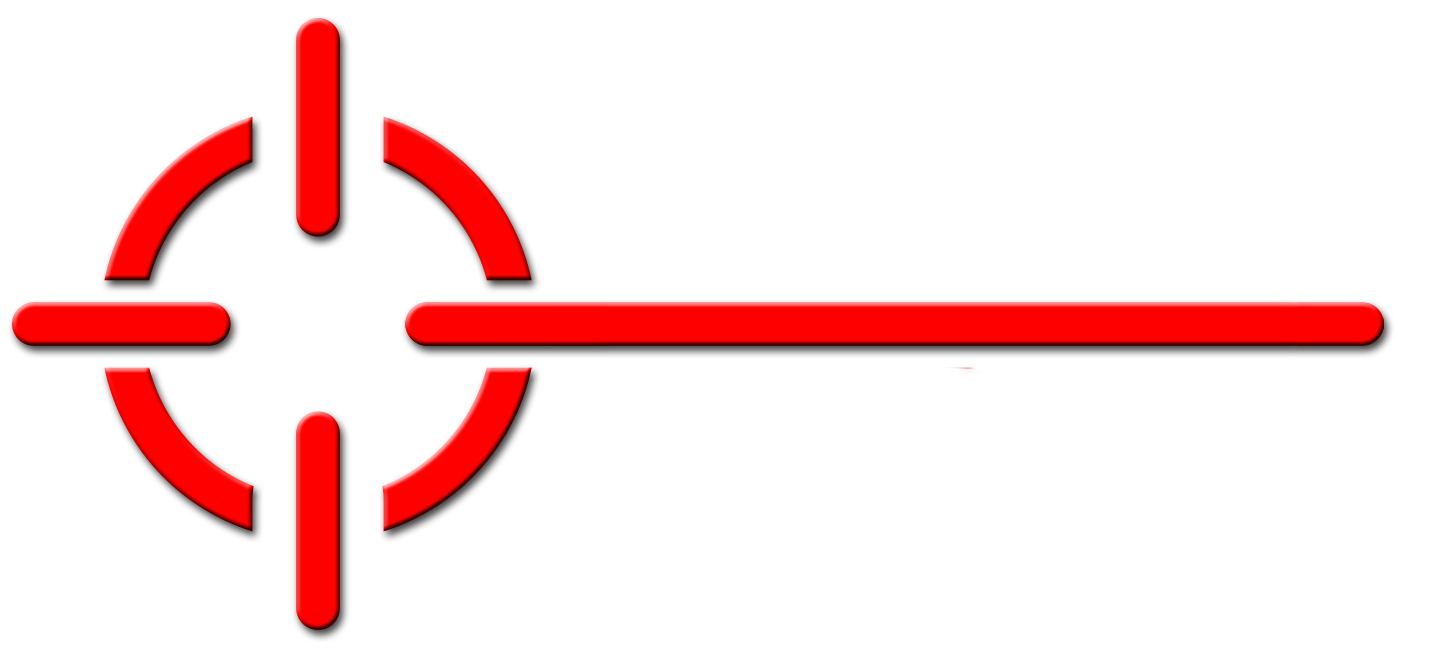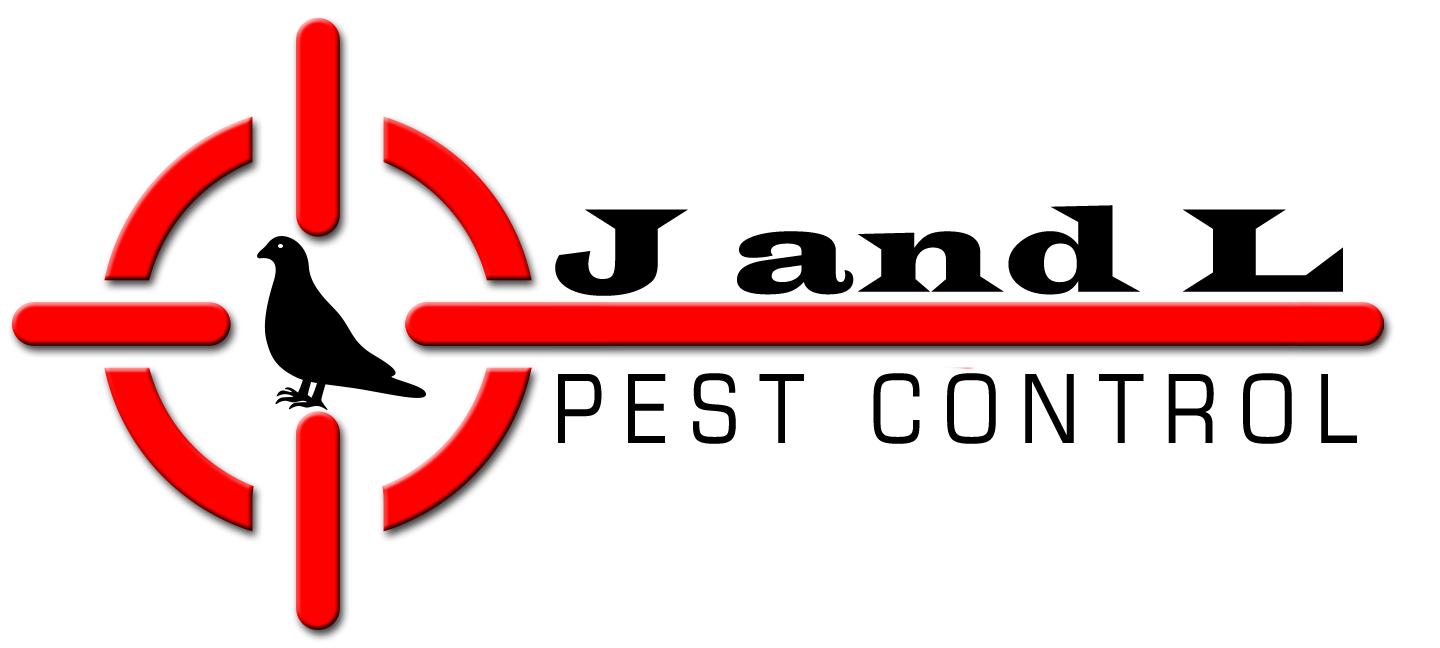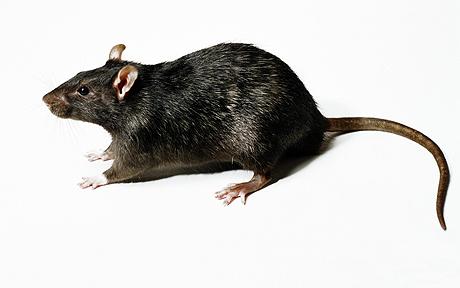
INTRODUCTION. The Norway rat is the largest of the commensal rodents and the most common commensal rat in the temperate regions of the world. It not only damages/destroys materials by gnawing, eats and contaminates stored food, but it is also of human health importance as a vector or carrier of diseases. It is thought to be of central Asian origin, but is now of worldwide distribution and found throughout the United States.
RECOGNITION. Adult with combined head and body length 7-9.5" (18-25 cm), tail length 6-8" (15-21 cm), usual weight about 7-18 oz (200-500 g) but up to 20.5 oz (620 g). Fur coarse, shaggy, brown with scattered black hairs, with underside gray to yellow¬ish white. With muzzle blunt, eyes small, ears small (do not reach eyes) and densely covered with short hairs. Heavy bodied. With scaly tail bicolored (darker above), shorter than head and body combined. Adult droppings up to 3/4" (20 mm) long, cap¬sule-shaped with blunt ends.
BIOLOGY. Norway rats reach sexual maturity in 2-5 months. Pregnancy lasts an average of 23 days (range 21-25). The young/pups are blind and naked at birth. Hair appears in about 7 days and eyes open in 12-14 days. They are weaned at about 3-4 weeks and reach sexual maturity at 8-12 weeks. The average number of litters is 3-6 per year (range 3- 12), each containing an average of 7-8 young (range 4-22), but averaging about 20 weaned/female/year. Adults live an average of 5-12 months in towns and cities, but much longer in captivity. They have rather poor vision and are color blind, but their senses of hearing, smell, touch, and taste are keenly developed. Touch is via their vibrissae or long whiskers. They are good runners, climbers, jumpers, and swimmers (documented record is 1,300 ft or 400 m across open ocean). A Norway rat requires 3/4-1 oz (21-28 g) of food and 1/2-1 oz (15-30 ml) of water each day, with the water coming from a nonfood source. This results in about 30-180 droppings and 1/2 oz/3 teaspoons (16 cc) of urine produced each day. Historically, the disease most commonly thought of involving rats (roof rat primarily) is plague which is transmitted via fleas leaving an infected rat and attacking man. Fortunately, plague has not been found in rats in the United States for many years. Other transmittable diseases include murine typhus via fleas (also possibly via droppings and urine), infectious jaundice/leptospirosis/Weil’s Disease via urine in water or food, rat-bite fever via bites, cowpox virus (CPXV) via direct contact, trichinosis via undercooked pork, and food poisoning or Salmonellosis via droppings.
HABITS. Rats are primarily nocturnal in habit and they are cautious. Although they constantly explore their surroundings, they shy away from new objects and changes. Outdoors, Norway rats prefer to nest in burrows in the soil along railroad embankments, stream/river banks, piles of rubbish, under concrete slabs, etc. The burrow will have at least 1 entrance hole and at least 1 bolt-hole or emergency exit which is often hidden under grass, debris, etc. These are social animals and often many burrows will be located within a given area. An opening of greater than 1/2" (12 mm) is required for entry into buildings. Indoors, Norway rats usually nest in basements and the lower portions of buildings in piles of debris or merchandise as long as it is not disturbed. Although Norway rats prefer the ground or lower levels of buildings and sewers, on occasion they may be found in attics, on roofs, and in other high places.
Norway rats are opportunistic feeders and although they will eat practically anything, they prefer meat, fish, and cereal. If the food material eaten proves to be disagreeable, they are quick to develop food/bait shyness. Once they find an acceptable/preferred food, rats tend to eat their fill in one or two visits and will return time after time; if the area of food is constantly disturbed, they may require several return visits to get their fill. They almost always require a nonfood or separate source of water. Norway rats will travel about 100-150 ft (30.5-45.7 m) from their harborage for food and/or water; in urban areas the average home range is about 25-100 ft (8-30.5 m). They will gnaw through almost any¬thing to obtain food and/or water, even plastic or lead pipes.
Norway rats typically forage and feed at dusk and again prior to dawn, although they will forage several times each night and during the daytime. If the area is quiet and undis¬turbed, daytime activity may or may not indicate an overpopulation. They do carry off food to less disturbed areas for consumption, or to hoard.
Once established, Norway rats tend to follow the same route or pathway between their harborage and food and/or water sources. As often as possible, they follow vertical surfaces which their vibrissae or long whiskers can contact. Runways along vertical surfaces will usually include dark rub marks on the vertical surfaces where their oily fur makes contact. Their runway will be free of debris, and outdoors, the grass will be worn away to the bare soil.
CONTROL. The key to any rat control program is pest identification, sanitation, harborage elimination, and rat-proofing the building. Control is based on the behavioral habits of the Norway rat.
Please call us today for a free estimate for the elimination of these rats.


